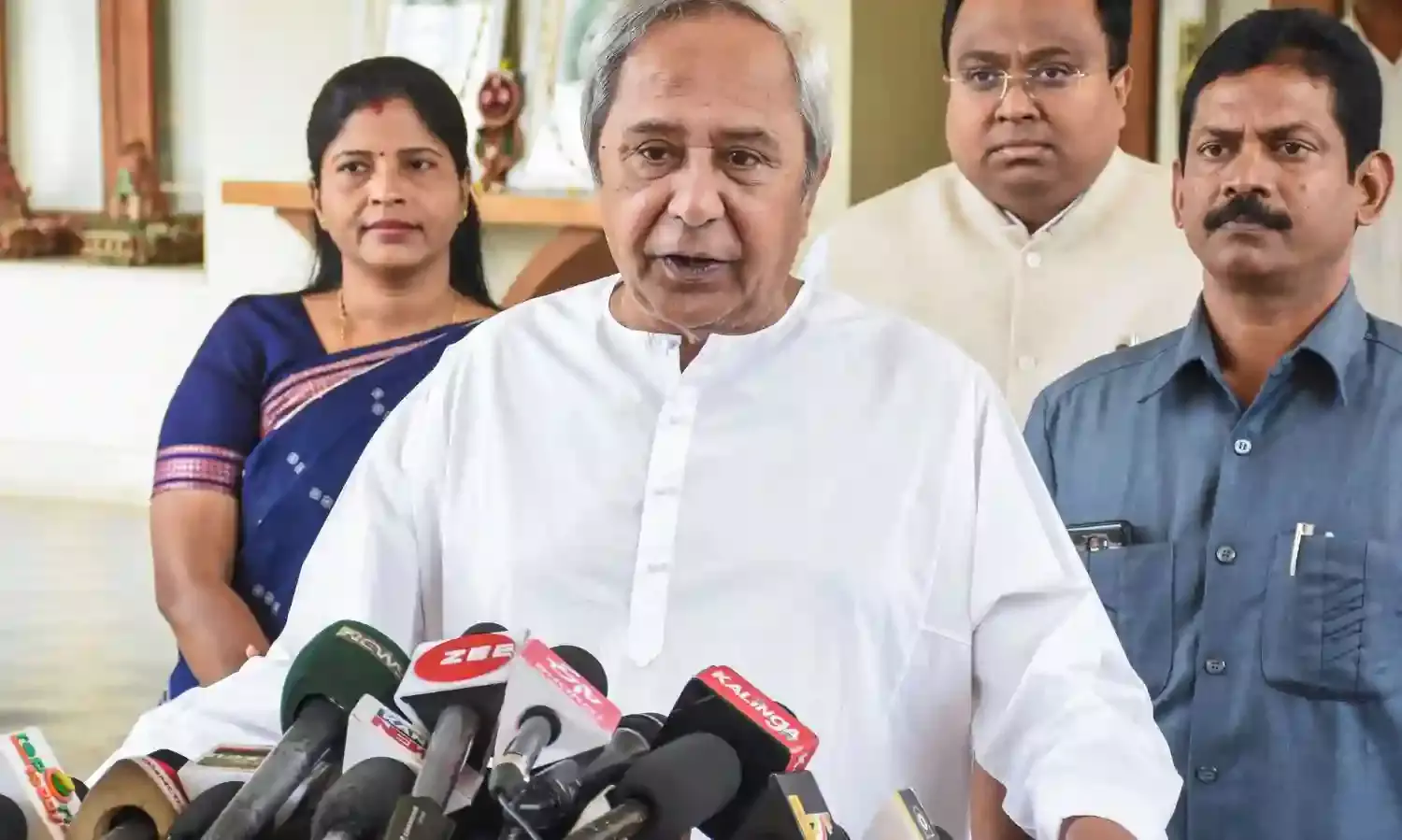Chief Ministers and Journalists: Unveiling the Complex Relationship
Explore the complex relationship between Chief Ministers and journalists in India, featuring notable instances of camaraderie and conflict, including Biju Patnaik's rapport with the press.;

Today’s stories open a window into the evolving relationship between Chief Ministers and journalists across different states.
Let’s begin with Odisha, where former Chief Minister Biju Patnaik shared a notably warm rapport with the press in Bhubaneswar. He considered journalists part of his extended family—like grandchildren—and entry into his secretariat chamber often required no appointment.
Once, four journalists walked straight into his office, casually took their seats, and began chatting. During their conversation, the Chief Minister—whom journalists respectfully called “the old man”—left briefly, presumably to use the restroom. On his return, he found them munching on snacks. Glancing at the five biscuit tins beside his chair, he jokingly asked, “Hey, did you guys just steal my biscuits?”
The journalists shot back in unison, “What can we do? You never offer them to us!”
From that day on, tea and biscuits became a regular feature.
During one election campaign, a journalist visiting from Delhi scheduled an interview at Biju Patnaik’s residence near Forest Park. The Chief Minister invited him into his iconic Kalinga Rath vehicle, and the interview began on the move. Somewhere along the Cuttack highway, the journalist fell silent.
“Are your questions done? Anything else you want to ask?” Biju Babu inquired.
When the journalist replied, “Yes, I’m done,” Patnaik immediately ordered the driver to stop the vehicle.
“Then get off,” he said bluntly.
Though the journalist protested that he wouldn’t find transport back to Bhubaneswar, he was still dropped off on the highway.
Despite such quirks, Biju Patnaik deeply respected journalists. At one press conference in the secretariat, while unveiling a new industrial policy alongside a female officer—then Commissioner for Industrial Development—a journalist in the front row raised a question. He compared the “new” policy with one previously released under former CM Janaki Ballabh Patnaik.
Interrupting politely but firmly, the journalist said, “Sir, you’re just reading Janaki Babu’s policy with your photo pasted over his. Page by page, paragraph by paragraph—it’s identical.”
Biju Patnaik asked for a copy of the old document, studied it, and found the claim to be completely accurate. Without uttering a word, he glanced at the IAS officer beside him, then walked out of the press conference and returned to his chamber.
The journalist who followed him was warmly thanked for pointing it out.
In another instance at a Janata Dal press conference, party state president Ashok Das brought up the pending accreditation of an English daily journalist. Biju Patnaik responded by quoting an old Bollywood song:
“Two years passed in longing, two more will pass in waiting.”
But the very next day, he personally summoned the journalist to his chamber and handed over the accreditation card.
Then there was the case of a female journalist questioning the delay in setting up a second steel plant in Paradip. Patnaik called her closer, playfully pinched her chin, and said, “It’ll happen whenever you want. I’m going to Delhi tomorrow—come along if you’d like.”
Odisha also had another former CM, Janaki Ballabh Patnaik, who was particularly sensitive to press coverage. Notably, he ran two dailies—one in Odia, the other in English.
He was deeply disturbed by negative reporting. A piece in a Mumbai-based English weekly that focused on his personal life upset him so much that he took the publication to court.
Interestingly, other Odisha Chief Ministers like Harekrushna Mahatab and Nandini Satpathy also ran their own newspapers—a testament to the state’s rich blend of politics and press.

